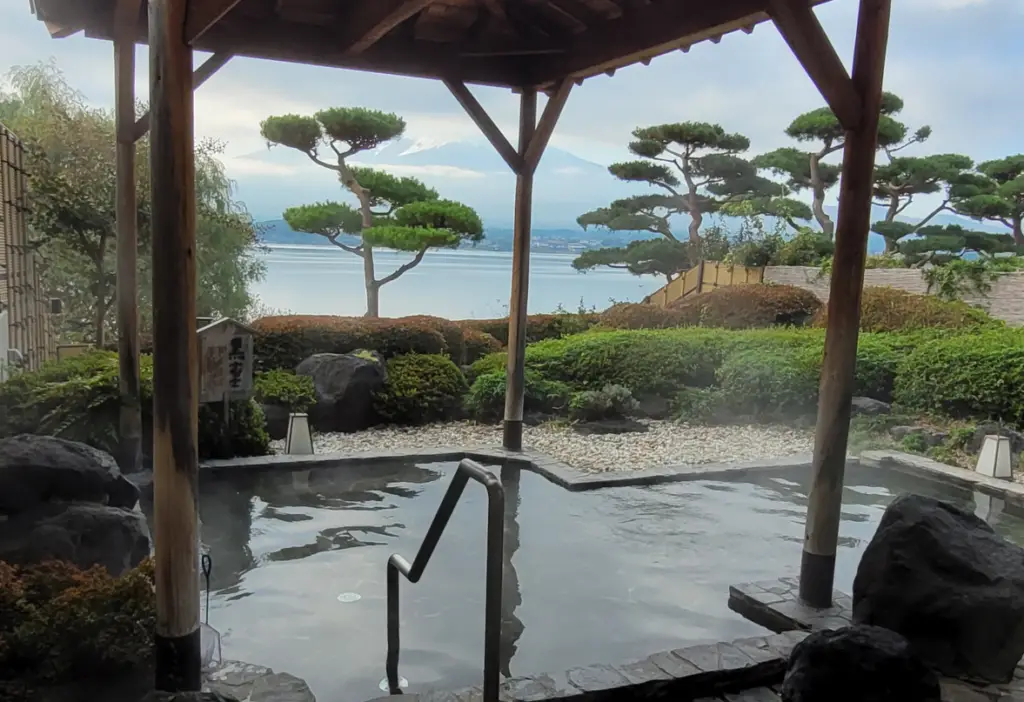Despite having its roots in ancient China, bonsai trees became popularized by the Japanese who have perfected the art over generations.
What Is Bonsai?

Bonsai is a Japanese word essentially translating to “container plant,” that is, a plant grown and nurtured in a small container.
Traditionally, the term was used to describe miniature trees contained in small pots but now may also refer to much larger trees that are maintained and styled in the same way.
Indeed, it is important to note that bonsai is not a specific category of plant or a species of trees but rather, it is an ancient Chinese art form associated with the method of growing and maintaining trees in a particular way.
Bonsai trees are designed to make miniature or small trees appear bigger and stronger as more of the branches are exposed, creating a symbol of strength and beauty.
Now enough of my blabbering, let’s take a look at some common places where you can find these majestic bonsai trees in Japan!
1. Ryokans

Some of the most beautiful bonsai trees I’ve seen in all of Japan were at the Shuhoukaku Kogetsu ryokan at Mt. Fuji’s Lake Kawaguchiko or “Fuji Five Lakes.”
This was the first time I’d seen such big bonsai trees and the level of artistry in their design was unbelievable, like something out of The Last Samurai.
Not only do these bonsai trees look absolutely gorgeous on their own, but they provide an aesthetic frame for the perfect shot of Mt. Fuji too. Truly one of the proudest photos I’ve taken in Japan!
2. Castles

Perhaps one of the most common places to see bonsai in my experience is at the many castles across Japan.
Whether it’s Himeji Castle, Osaka Castle, or even Fushimi Momoyama Castle in Kyoto, I always find the surrounding gardens to be beautifully maintained with an abundance of bonsai trees on display.
If there’s one thing Japan’s good at, it’s their placement choices of these trees. Whether it’s a big historic castle or a spectacular snowy mountain, you’ll typically find bonsai trees in the area to provide a wonderful frame!
3. Onsens

If you want to get up close and intimate with these elegant bonsai, then I suggest hitting up an onsen (hot spring bath).
Don’t just go to your local public bathhouse, but instead, find the nearest onsen (or onsen village) in your prefecture and I can almost guarantee they will be surrounded by beautiful bonsai trees to admire as you bathe.
I’d recommend Shuhoukaku Kogetsu in Kawaguchiko or Matsumoto Ryokan in Ginzan for the best onsen experiences in Japan!
Of course, if you are planning to visit Japan, you’ll need a way to get around the country as efficiently and affordably as possible. Japan Rail provides an abundance of travel passes to suit your travel needs. So whether you are traveling individually or as a group, the JR Pass is every traveler’s go-to for getting around and making the most of your time in Japan!

